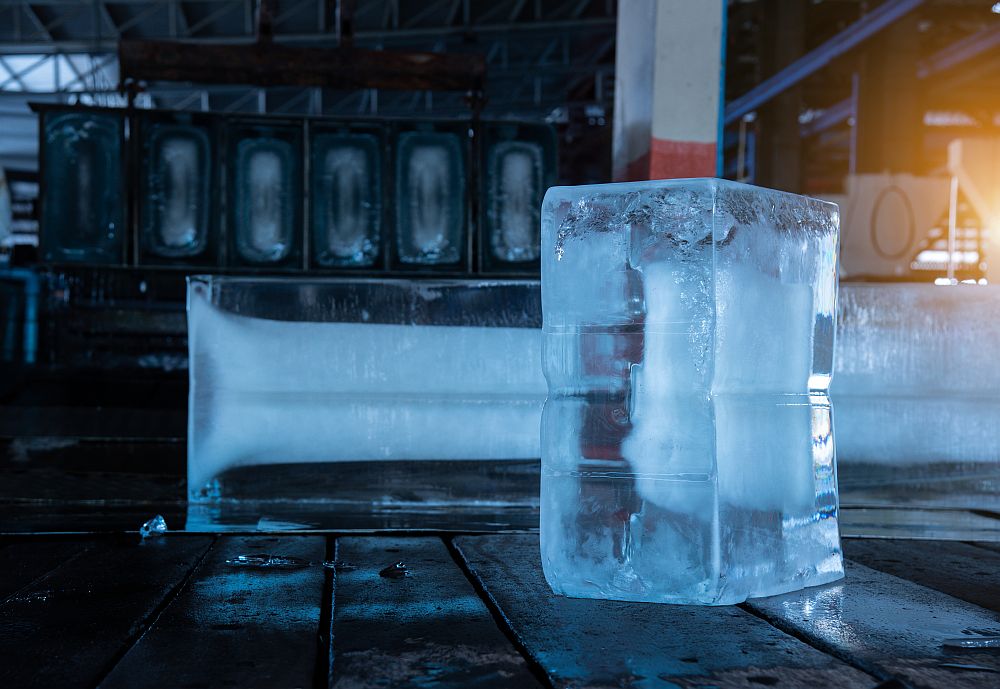
[Image above] Credit: Daniel Parks; Flickr; CC BY-NC 2.0

Department of Energy Secretary Ernest Moniz recently announced the department is launching a commission to take a closer look at the effectiveness of its 17 national laboratories, including Lawrence Berkeley National Lab, pictured above.Credit: Daniel Parks; Flickr; CC BY-NC 2.0
They may be spending less, but Energy Secretary Ernest Moniz still wants to take a closer look at the effectiveness of the department’s 17 national laboratories.
In a DOE release, Moniz announced establishment of the Commission to Review the Effectiveness of the National Energy Laboratories—a committee mandated by Congress in the passing of the 2014 Consolidated Appropriations Act—to “examine if the priorities of the labs are in line with the broader strategic priorities of the Energy Department.”
Cochaired by Jared Cohon, president emeritus and professor of civil and environmental engineering at Carnegie Mellon University, and T.J. Glauthier, president of TJG Energy Associates, LLC, the independent commission is set to conduct a two-part study and present findings from phase one by February 1, 2015.
What do they anticipate finding? Not much—reports suggest that Glauthier himself believes the commission’s biggest challenge to be to “find something new to say.”
Tasked with reporting findings that have been reimagined and repeated time and time again, Science writer Jeffrey Mervis sums it up best: “Scientists at the Department of Energy’s (DOE’s) 17 national laboratories carry out cutting-edge research every day. But when it comes to setting policy for the labs, DOE officials and Congress come closer to meeting Einstein’s definition of insanity: doing the same thing over and over and expecting a different result. Numerous times over the past few decades, lawmakers or DOE leaders have ordered up major reviews of lab operations in hopes of ending complaints about the sprawling system’s bureaucracy and inefficiency—with little obvious effect. But that doesn’t stop them from trying.”
We’ll keep you posted on any developments.
Author
Jessica McMathis


